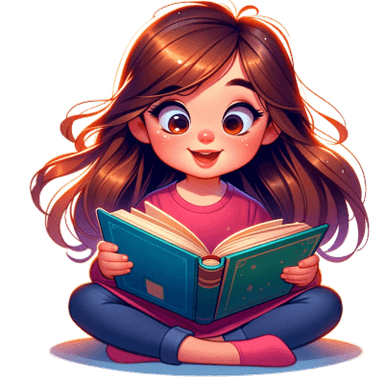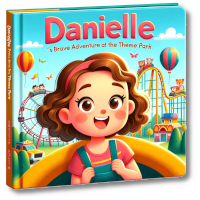Reading with children
a blog by Magic Tales

Unwrapping Rainbows: The Fascinating Psychology of Diversity in Children’s Literature
The Magic of Diversity: More than Just a Story
Children’s literature has a profound role in shaping young minds. And yet, the huge potential for exploring diversity through these pages often remains unexplored. Today's blog post draws back the curtain on the psychology of diversity in children’s literature, revealing how a colorful blend of characters and cultures can stimulate young imaginations and cultivate empathy.
Reading as a Mirror and Window
Dr. Rudine Sims Bishop, a scholar of children’s literature, famously described books as mirrors, windows, and sliding glass doors. When children read books that reflect their own experiences ('mirrors'), it validates their identities and experiences. At the same time, stories that introduce them to new perspectives ('windows') foster an understanding of others' lives. This concept is essential to fostering diversity in children's literature.
Tales from Around the World
The inclusion of varied cultural narratives in children’s books creates a vibrant tapestry of global experiences. Multicultural stories expose little readers to a world that extends beyond their immediate surroundings, initiating an understanding of societal differences and similarities. Exposure to various languages, traditions, and customs through literature can help boost cultural competence in kids.
Impact of Diverse Character Representation
Just as valuable as cultural diversity is the representation of different types of individuals, including those with various abilities, orientations, and races. Seeing diverse representations - from protagonists in wheelchairs to characters with different skin tones - promotes the understanding that every individual is valuable, irrespective of their differences. This can dramatically counter stereotypes, combat biases, and promote acceptance.
Developing Empathy Through Diversity
Psychological research emphasizes that exposure to diversity in literature fosters empathy in young readers. By walking in the shoes of diverse characters, children can better understand and empathize with experiences differing from their own. This sense of empathy extends beyond the pages of the book, supporting the development of understanding and acceptance in the real world.
Final Thoughts
In an increasingly global world, providing our children with diverse books is not an option but a necessity. It allows our future generation to embrace variation, fosters empathy, and contributes to a more accepting world.
In the words of Maya Angelou - 'We all should know that diversity makes for a rich tapestry, and we must understand that all the threads of the tapestry are equal in value no matter what their color.' Let’s aim to reflect this beautiful tapestry in the books we offer our children.
Want a personalized book to read with your child about Diversity?
Takes as quickly as 30 seconds to create
Create a book about Diversity

